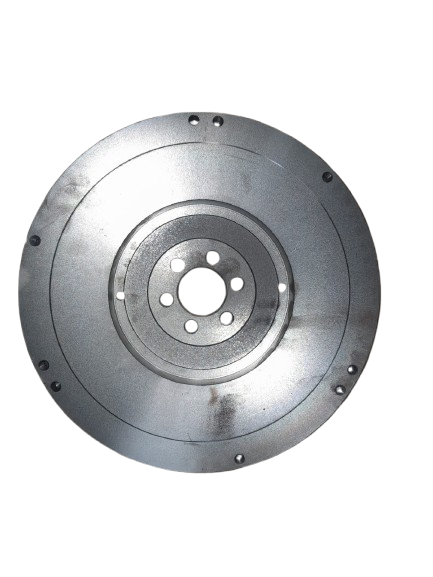


Overview
The Toyota Hilux 3.0D flywheel for the 5L engine is a crucial component of the vehicle’s manual transmission system. It plays a central role in transferring engine power to the drivetrain, ensuring smooth gear shifts and optimal engine performance. Specifically engineered to match the torque characteristics of Toyota’s 5L diesel engine, this flywheel provides durability, efficiency, and balanced performance under both everyday driving and heavy-duty conditions.
Compatibility and Applications
This flywheel is designed specifically for the Toyota Hilux 3.0 Diesel models equipped with the 5L naturally aspirated engine, commonly found in the 1997–2005 generation of Hilux trucks. It is also compatible with other Toyota commercial models like the HiAce and Land Cruiser Prado that share the same engine variant.
Functionality and Design
The flywheel is a circular metal disc—typically cast iron or forged steel—that bolts directly to the crankshaft. It serves multiple essential functions:
- Storing Rotational Energy: It maintains engine momentum between combustion cycles, ensuring smoother engine operation.
- Clutch Engagement Surface: It provides the friction surface against which the clutch disc presses, allowing for power transfer to the transmission.
- Engine Starting: The flywheel’s ring gear engages with the starter motor to crank the engine during startup.
Flywheels for the 5L engine are generally single-mass, which provides better reliability and simplicity compared to dual-mass alternatives, especially in off-road or high-load applications.
Technical Specifications (May Vary by Brand)
- Material: High-grade cast iron or steel
- Weight: Approx. 10–14 kg
- Outer Diameter: ~300 mm
- Teeth Count (Ring Gear): Usually 110–115 teeth
- Mounting: 6 or 8 bolt holes to crankshaft
- Clutch Surface: Machined for optimal friction
Common Issues and Maintenance
Over time, the flywheel may suffer from heat spots, cracks, or warping, especially if the clutch has been slipping or the vehicle has been used in harsh driving conditions. Symptoms of a worn flywheel include:
- Vibrations during clutch engagement
- Slipping clutch
- Grinding noises when starting
In most cases, resurfacing or replacing the flywheel is necessary during clutch overhauls.
Conclusion
The Toyota Hilux 3.0D (5L Engine) flywheel is a robust, purpose-built component essential to the vehicle’s drivability and engine performance. Whether you’re maintaining a fleet or restoring a rugged Hilux, ensuring your flywheel is in good condition is vital to long-term reliability and performance.
